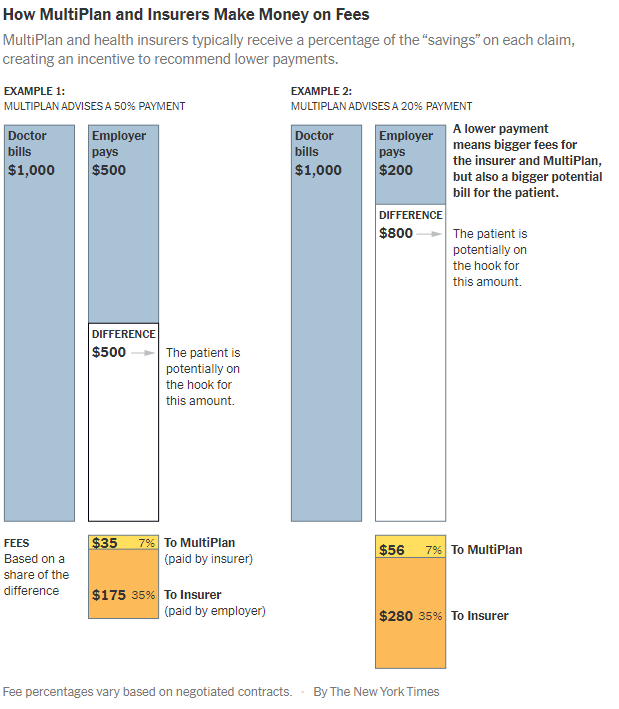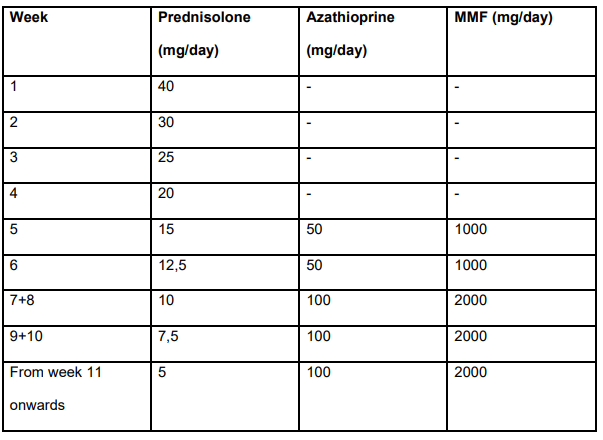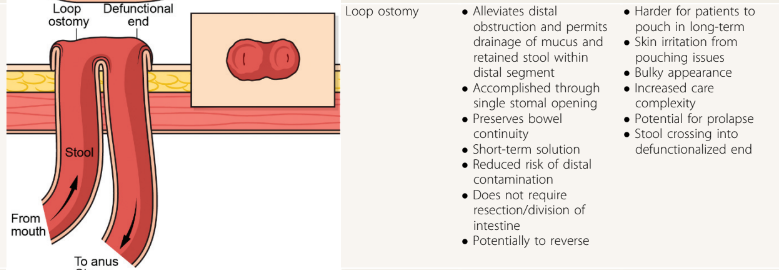Thanks to Mike Hart for this reference.
V Sinopoulou et al. Cochrane Database of Systematic Reviews 2024 March 20. Prebiotics for induction and maintenance of remission in ulcerative colitis.
This study included 9 RCTs involving a total of 445 participants. Key findings:
- Though some of the study findings seemed to favor prebiotics, all evidence was of very low certainty.
- “There may be no difference in occurrence of clinical relapse when adjuvant treatment with prebiotics is compared with adjuvant treatment with placebo for maintenance of remission in UC.”
- “Adjuvant treatment with prebiotics may result in more total adverse events when compared to adjuvant treatment with placebo for maintenance of remission. The evidence was of low certainty.”
My take: Currently, there is no solid evidence to recommend prebiotics in patients with ulcerative colitis.
Related blog posts:
- AGA Practice Guidelines: Probiotics NOT Helpful for Most GI Conditions
- Those Probiotics May Actually Be Hurting Your ‘Gut Health’
- AGA Guidelines on the Management of Mild-to-Moderate Ulcerative Colitis
- Microbiome in pediatric ulcerative colitis





















